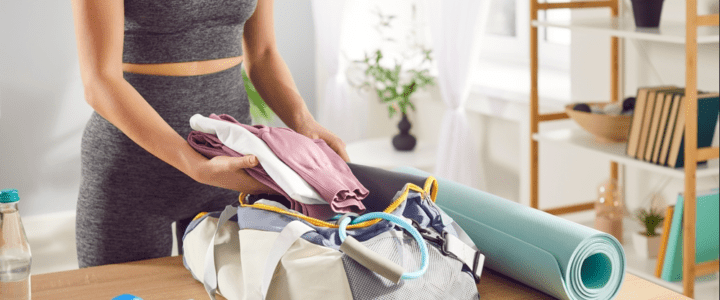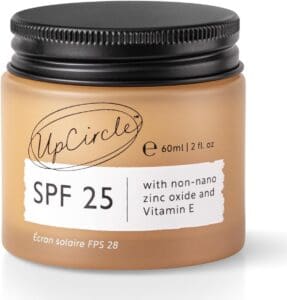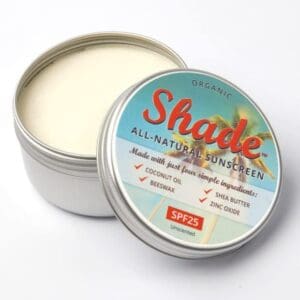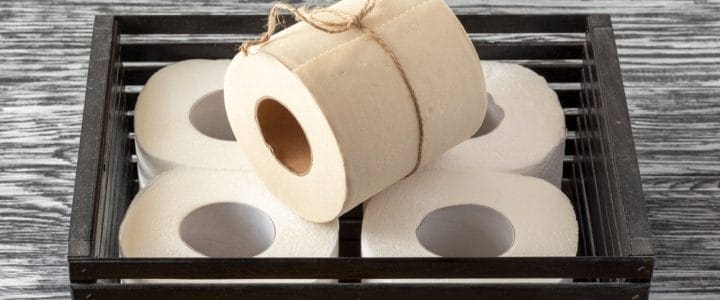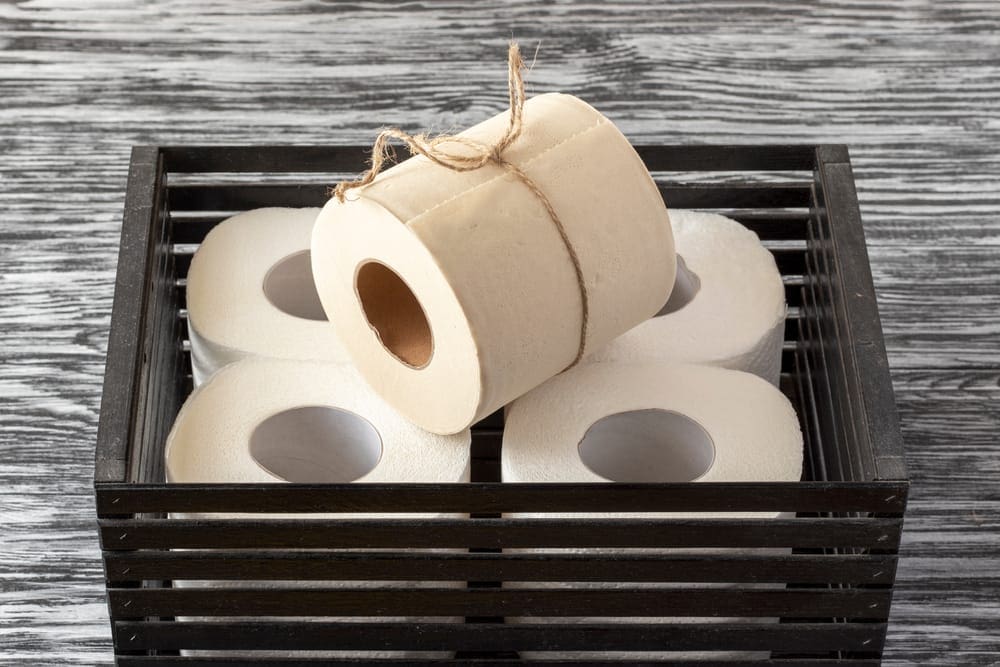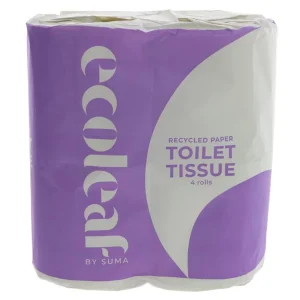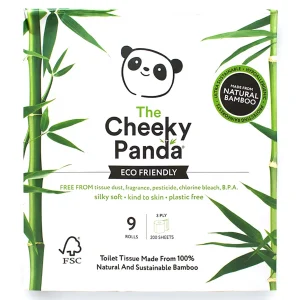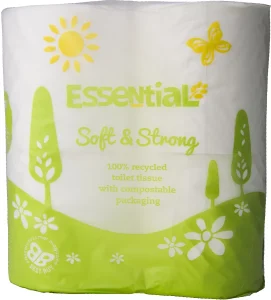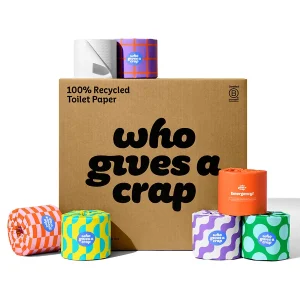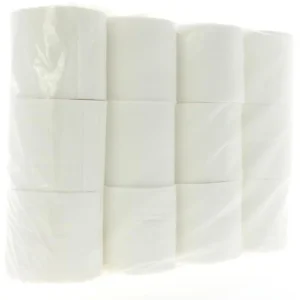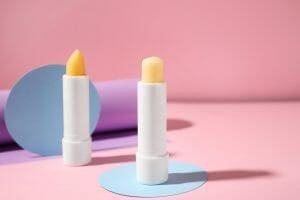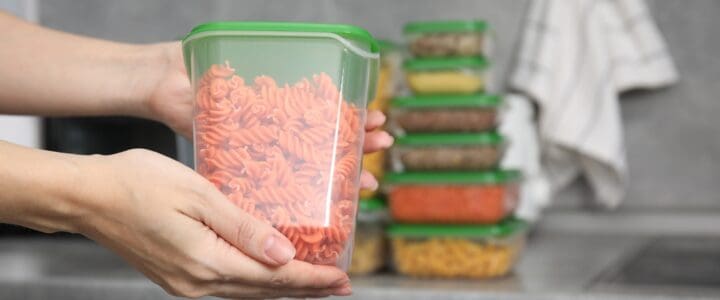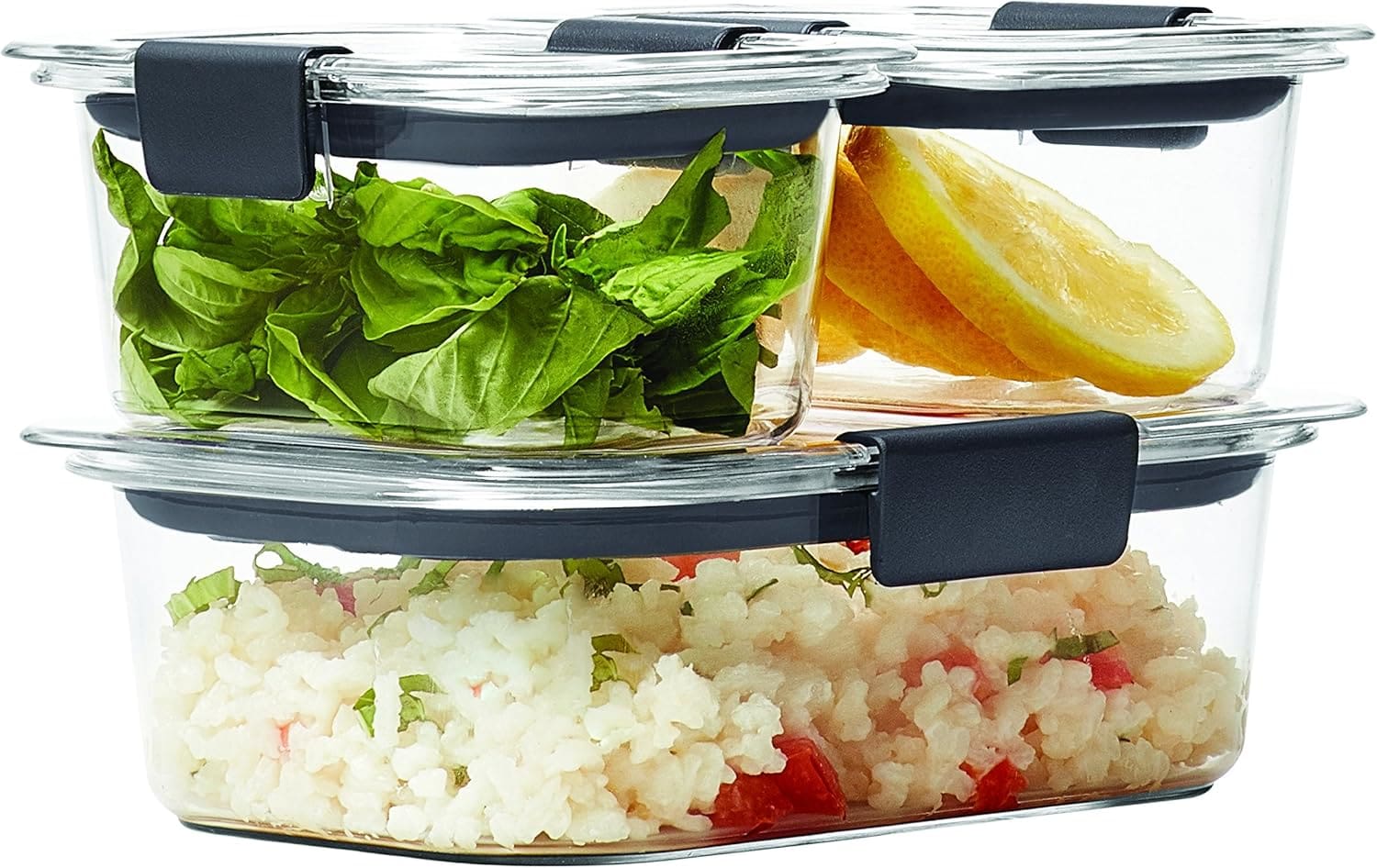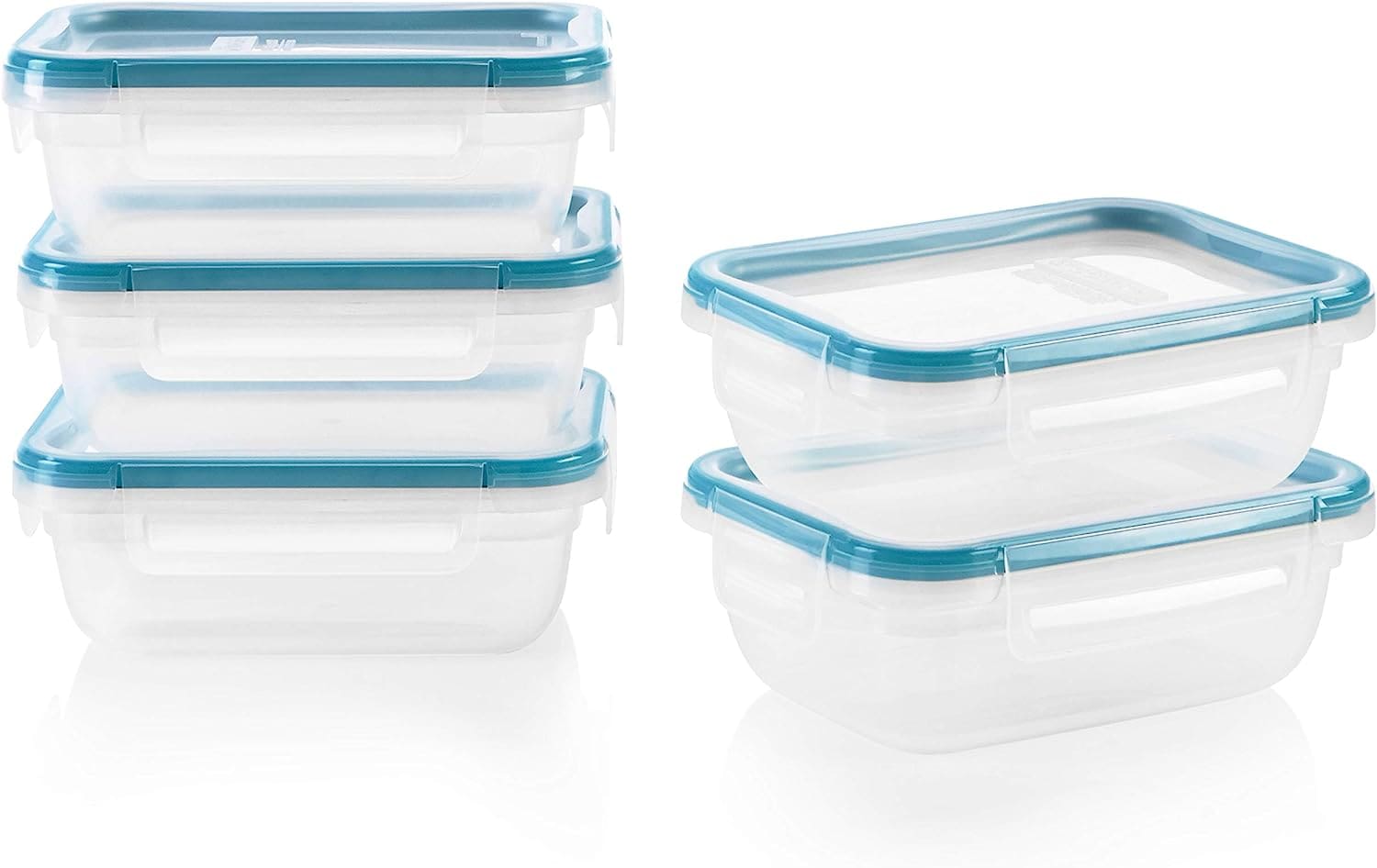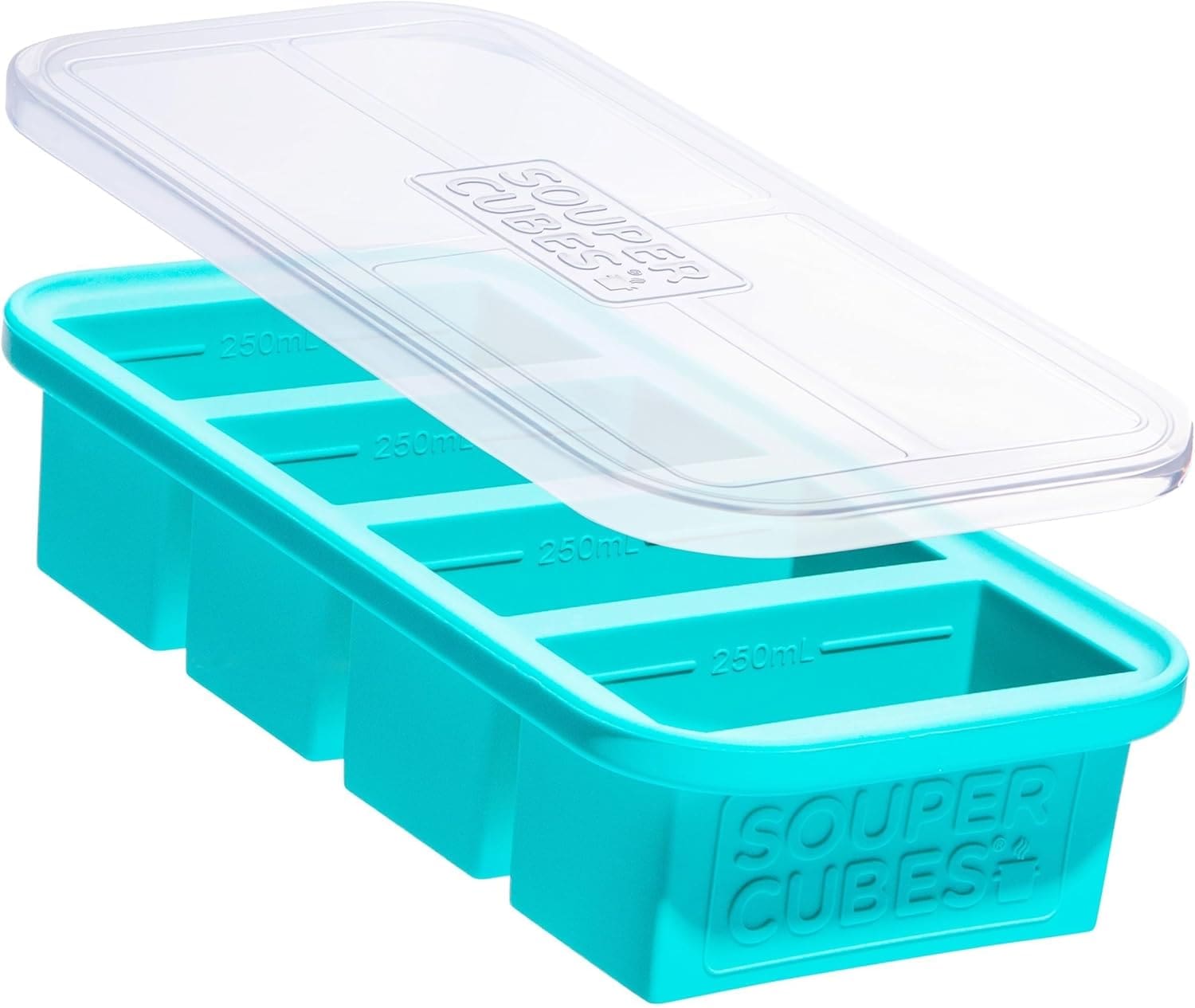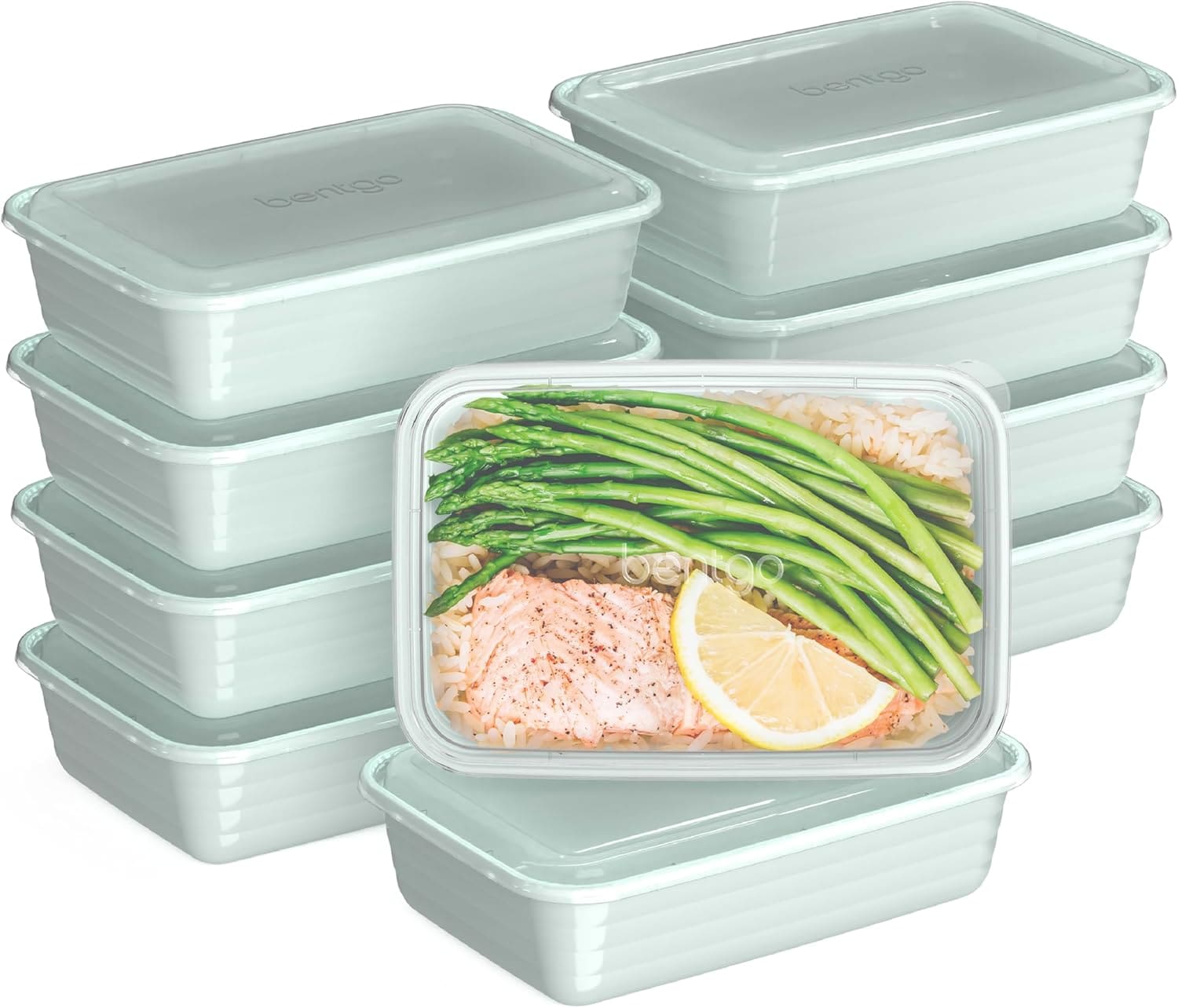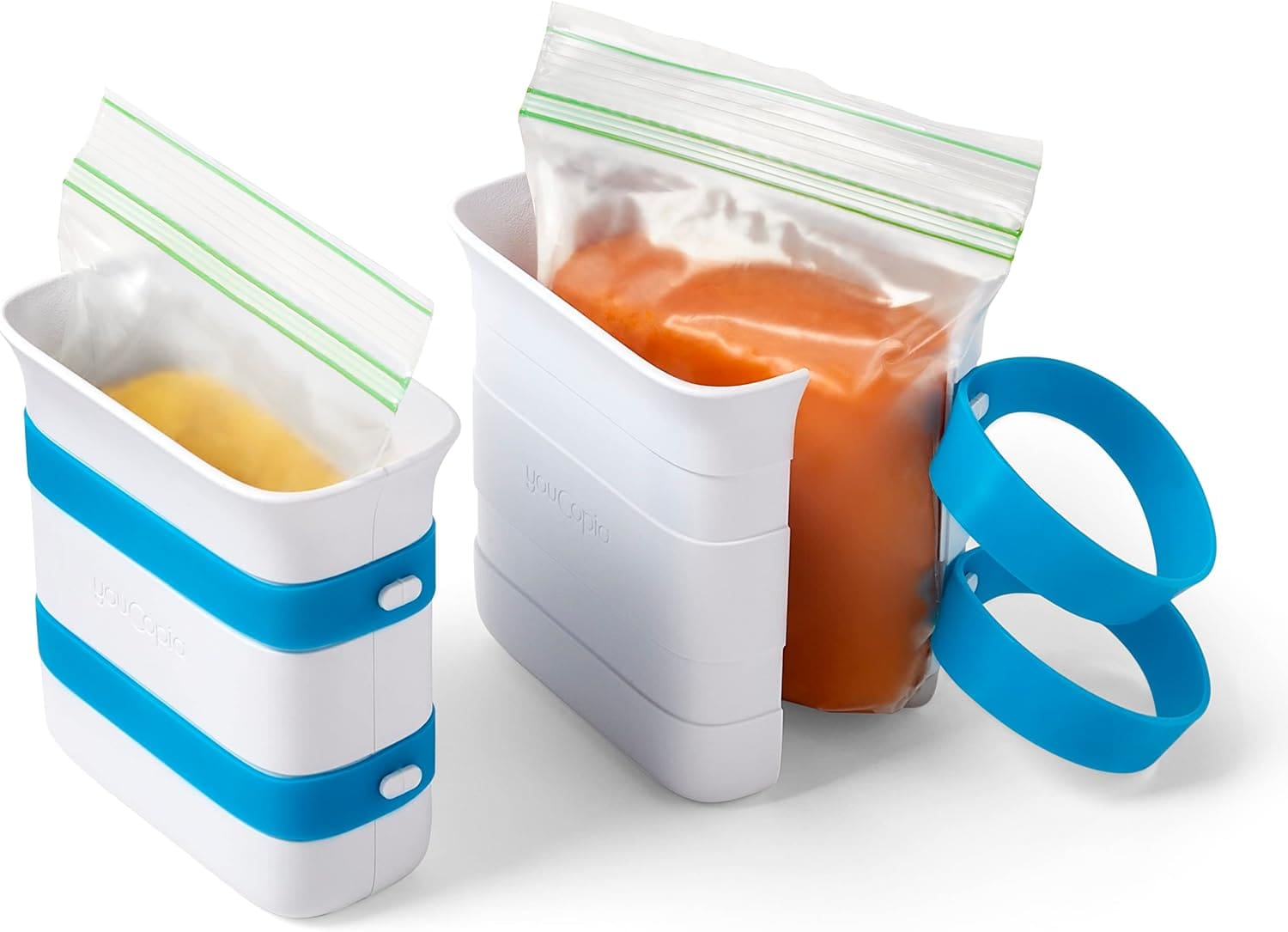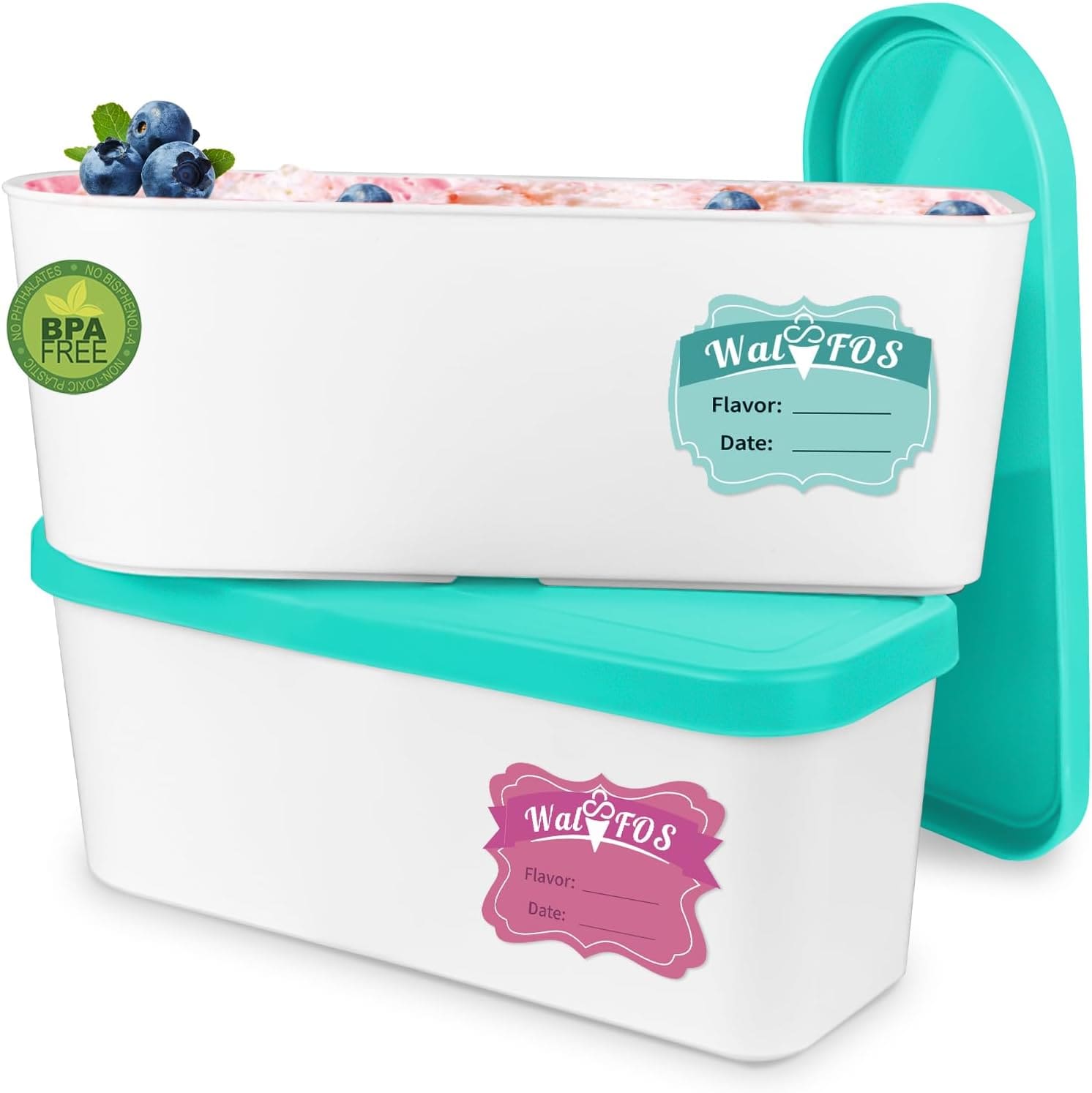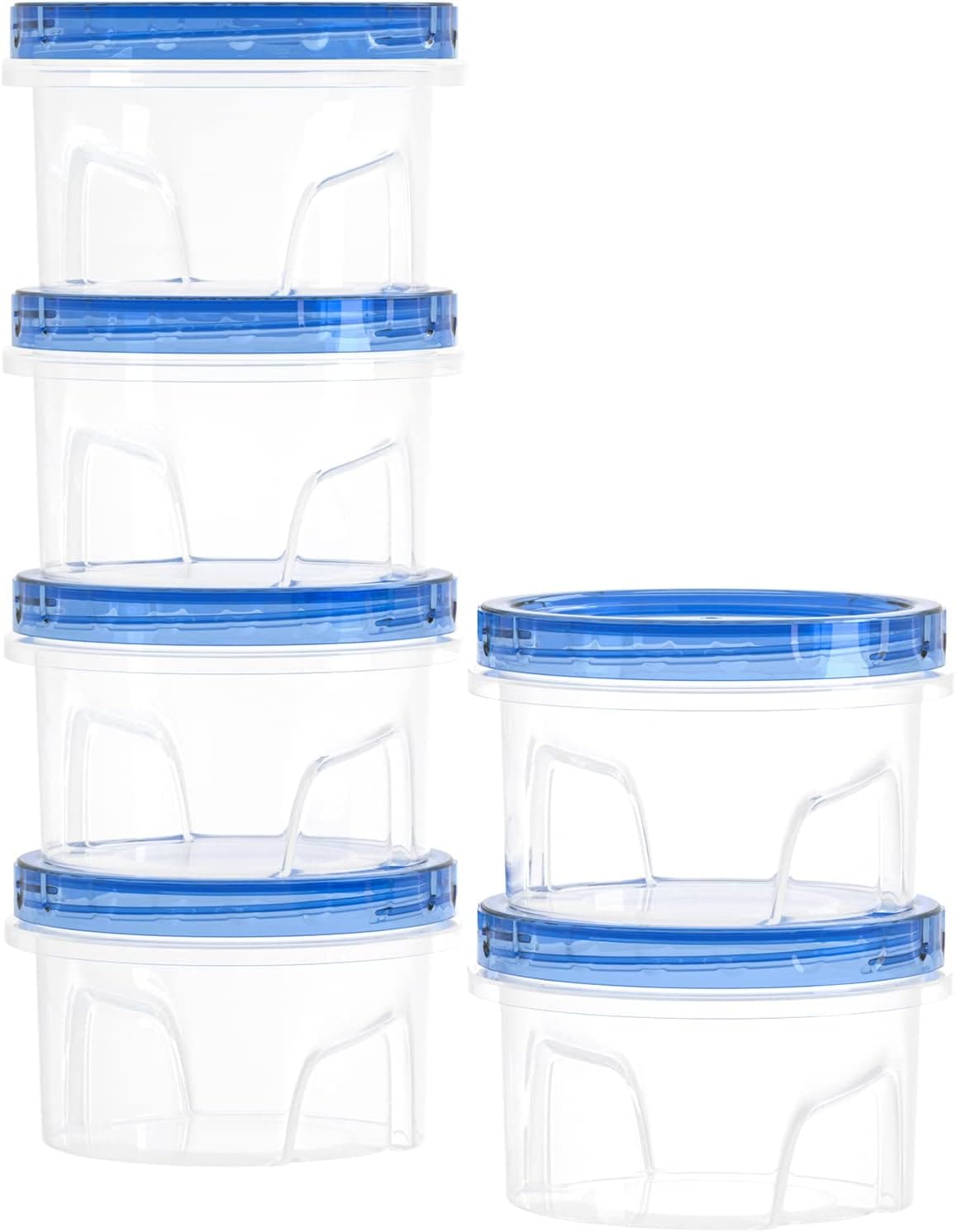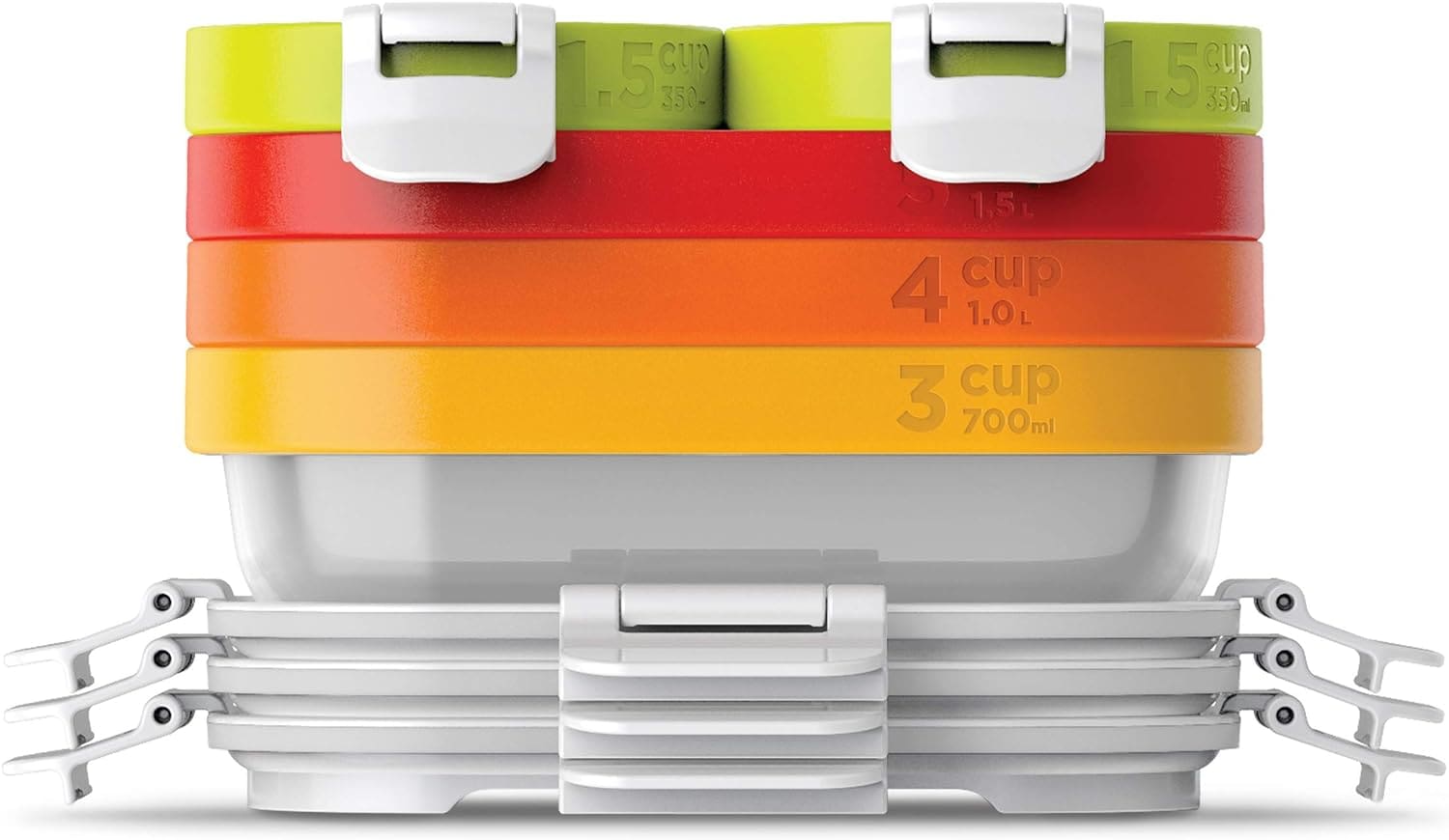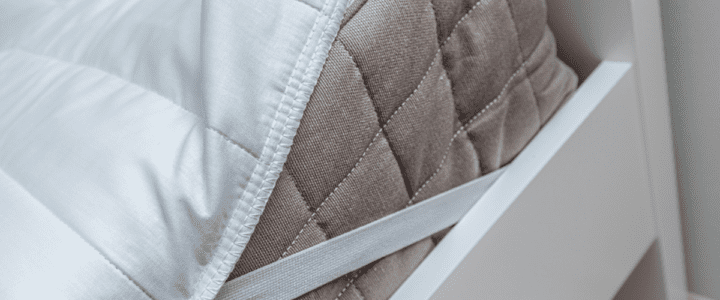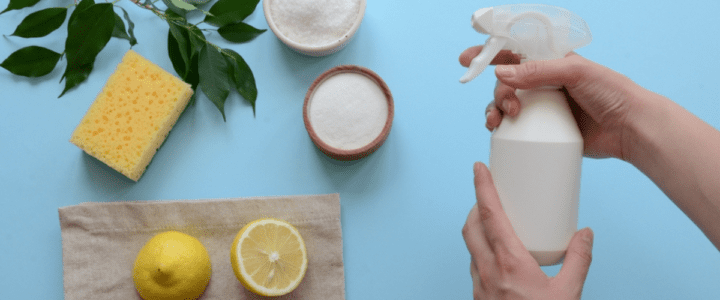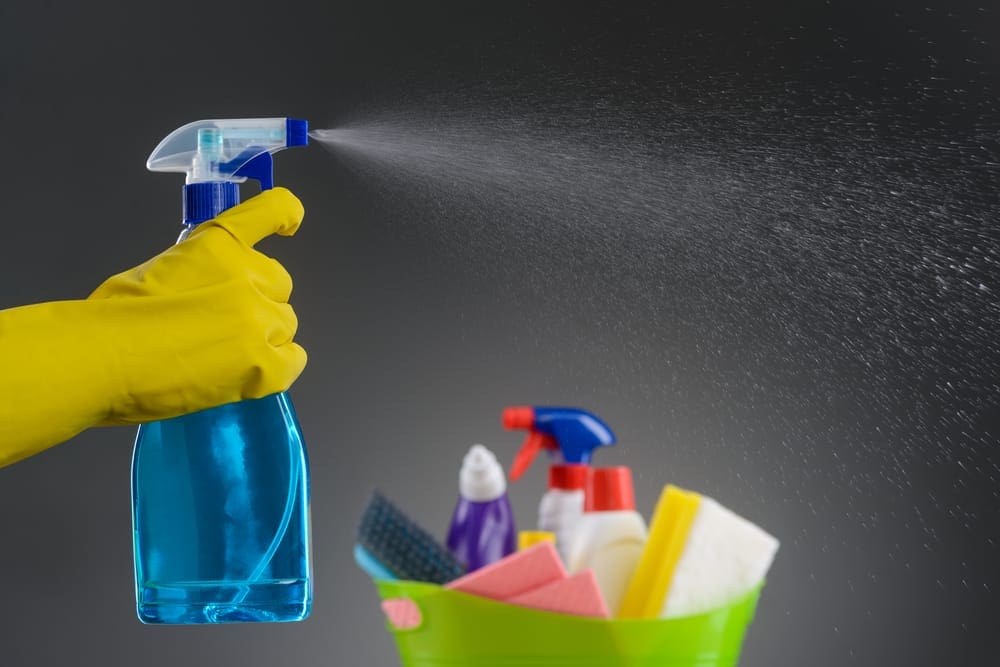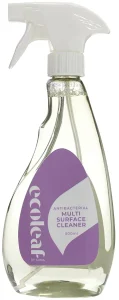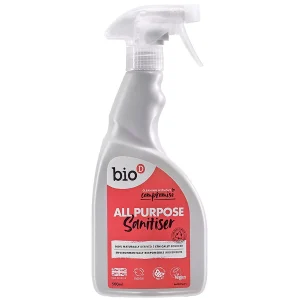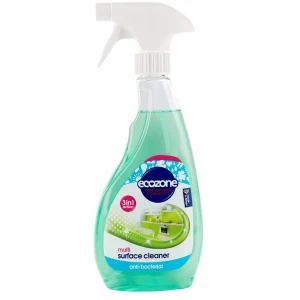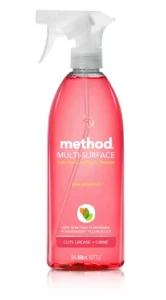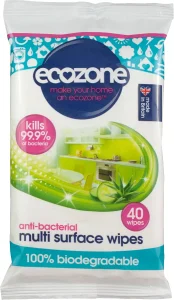As the fitness and wellness industry continues to evolve, a growing demand for sustainable workout clothes supports an active lifestyle and aligns with eco-conscious values. Consumers are increasingly seeking brands that prioritize environmental responsibility, ethical production, and sustainable materials in their workout clothing. In response to this shift, several innovative and socially conscious activewear brands have emerged, offering stylish and high-performing options that minimize the impact on the planet. These eco-friendly activewear picks, from recycled plastics to organic cotton, provide a greener alternative to traditional workout gear.
8 Best Sustainable Workout Clothes
Here are the best sustainable workout clothes brands to shop for eco-friendly activewear:
Girlfriend Collective

Girlfriend Collective stands out in sustainable workout clothes and is known for its commitment to using recycled materials. Their famous compression leggings are made from 25 recycled plastic bottles each, diverting these bottles from landfills and reducing the brand’s carbon footprint.
Girlfriend Collective’s entire activewear collection, including sports bras, shorts, and tops, is certified Standard 100 by Oeko-Tex, ensuring the absence of harmful substances. The brand also provides detailed sustainability reports for each product, highlighting the environmental impact and the number of water bottles saved from waste.
Organic Basics

Organic Basics offers a comprehensive range of sustainable activewear, including tops, bottoms, bras, and accessories. The brand uses a variety of eco-friendly fabrics, such as organic cotton, Tencel lyocell, and recycled nylon, to create high-quality, functional designs.
Organic Basics also employs sustainable production practices, including the use of renewable energy and the reduction of water, chemicals, and wastewater during the manufacturing process. Additionally, the brand’s activewear is treated with Bluesign-approved recycled silver salt to inhibit odor-causing bacteria, further enhancing the garments’ sustainability.
Reformation

Known for its sustainable fashion collections, Reformation has also introduced a line of eco-friendly activewear called Ref Active. The brand’s workout clothes, including leggings, sports bras, and jumpsuits, are made from Repreve, 100% post-consumer recycled plastic bottles.
Reformation’s Ref Active line is accompanied by detailed transparency reports that outline the number of recycled bottles used, the reduction in gas emissions, and the energy savings for each item.
Everlane

Everlane, a brand renowned for its commitment to ethical and sustainable practices, has expanded its sustainable materials range into activewear. The brand’s leggings, bike shorts, and bodysuits are crafted from recycled nylons and polyesters, aligning with Everlane’s goal of eliminating virgin plastics from its supply chain. This makes Everlane a great option for sustainable workout clothes.
By offering these eco-friendly activewear options, Everlane continues to provide transparent and environmentally-conscious fashion choices for its customers.
Summersalt
Summersalt’s vibrant activewear collection is predominantly made from recycled polyester derived from plastic bottles and certified under the Global Recycled Standard. The brand’s product pages highlight the number of plastic bottles repurposed for each item, further emphasizing its sustainable practices and promoting transparency.

Organic Basics, LA Relaxed, and Vyayama
In addition to the brands mentioned above, several other sustainable activewear companies are worth considering. Organic Basics, known for using organic cotton and Tencel lyocell, offers a range of high-performance activewear focusing on ethical production.
LA Relaxed, a vegan and cruelty-free brand, utilizes sustainable fabrics like hemp, linen, and organic cotton to create comfortable and stylish workout clothes.
Vyayama, on the other hand, specializes in yoga-inspired activewear made from Tencel, a plant-based fabric derived from eucalyptus, which offers breathability, support, and moisture-wicking properties.
Sustainable Activewear: More Than Just Eco-Friendly Fabrics
While using sustainable materials is a crucial aspect of eco-friendly activewear, these brands often go beyond just fabric selection. Many of them prioritize ethical production practices, such as ensuring fair wages and safe working conditions for their employees and minimizing waste and energy consumption during the manufacturing process.
Additionally, some sustainable activewear brands offer transparency about their supply chains and environmental impact, providing customers with detailed information about the materials used, the number of recycled bottles diverted from landfills, and the reduction in carbon emissions associated with their products. This level of transparency allows consumers to make informed decisions and support brands that align with their values.
Factors to Consider Choosing Sustainable Workout Clothes
When selecting workout clothes, sustainable options can significantly reduce your environmental impact. Here are key considerations and materials to look for:
1. Organic Cotton
Grown without synthetic pesticides and fertilizers, organic cotton is breathable and comfortable, making it ideal for activewear.
2. Bamboo
Known for its softness and moisture-wicking properties, bamboo fabric is biodegradable and requires minimal water and no pesticides to grow.
3. Recycled Polyester
Made from post-consumer waste like plastic bottles, recycled polyester reduces landfill waste and energy consumption compared to virgin polyester.
4. Hemp
A fast-growing crop that requires minimal water and no pesticides, hemp is durable, breathable, and biodegradable.
5. Tencel/Lyocell
Produced from sustainably sourced wood pulp in a closed-loop process, Tencel is soft, moisture-wicking, and biodegradable.
6. Recycled Nylon
Like recycled polyester, recycled nylon is made from fishing nets and industrial waste, reducing waste and energy use.
7. Wool
Ethically sourced wool from farms with high animal welfare standards is naturally moisture-wicking, odor-resistant, and biodegradable.
8. Econyl
Regenerated nylon made from abandoned fishing nets and fabric scraps, Econyl is used in activewear and swimwear, contributing to waste reduction.
9. PFC-Free Water Repellent Coatings
Opt for activewear with PFC-free coatings to avoid harmful perfluorinated chemicals, supporting a healthier environment.
10. Certifications
Look for certifications such as GOTS, OEKO-TEX Standard 100, or Bluesign, ensuring environmentally friendly and socially responsible production practices.
By choosing workout clothes made from these sustainable materials and considering their production processes, you can minimize your environmental footprint and support brands committed to sustainability in the fashion industry.
The Benefits of Sustainable Activewear
Investing in sustainable activewear not only benefits the environment but can also have positive impacts on the individual. By choosing eco-friendly workout clothes, consumers can:
Reduce their environmental footprint
Sustainable activewear brands use materials and production methods that minimize the impact on the planet, such as reducing waste, water usage, and greenhouse gas emissions.
Support ethical and transparent businesses
Many sustainable activewear brands prioritize fair labor practices, worker safety, and transparency, ensuring their products are ethically made.
Enjoy high-quality, long-lasting garments
Sustainable activewear is often designed with durability and longevity in mind, reducing the need for frequent replacements and contributing to a more circular fashion economy.
Enhance their workout experience
Many sustainable activewear brands focus on performance, comfort, and style, providing workout clothes that support an active lifestyle while aligning with eco-conscious values.
Final Words
As the demand for sustainable and ethical fashion continues to grow, the activewear industry has responded with a range of eco-friendly options catering to conscious consumers’ needs. Brands like Girlfriend Collective, Organic Basics, Reformation, Everlane, and Summersalt lead the way in sustainable activewear, offering stylish and high-performing workout clothes made from recycled materials, organic fibers, and ethical production practices.
By choosing to invest in sustainable activewear, consumers can reduce their environmental impact and support businesses that prioritize sustainability, transparency, and social responsibility. As the fitness and wellness industry evolves, the rise of eco-friendly activewear allows individuals to align their workout routines with their values and contribute to a more sustainable future.

